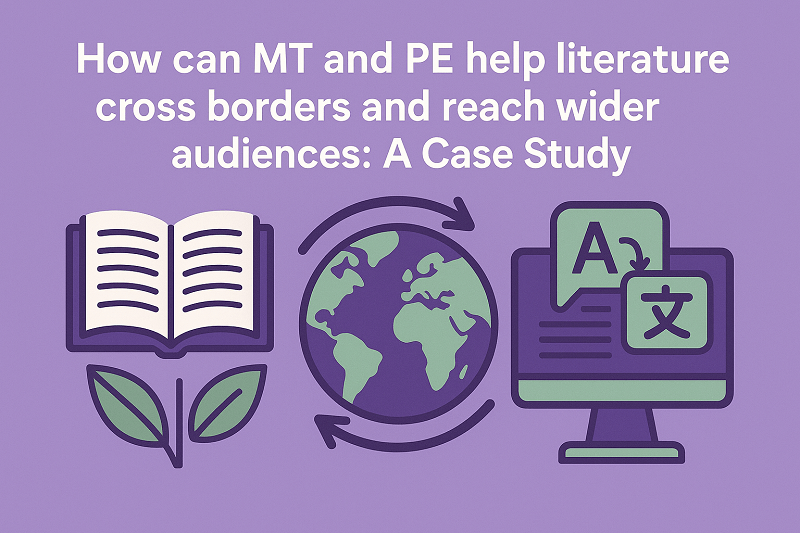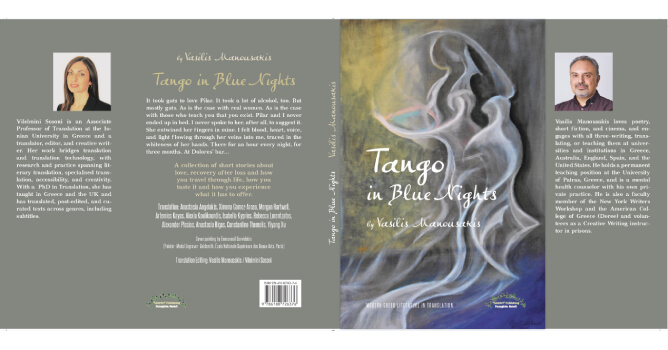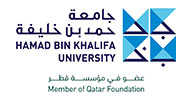The field of machine translation (MT) has made significant strides in recent years with the advent of neural machine translation (NMT) and large language models (LLMs). However, the performance of these systems in translating literary texts, which often contain dense reference chains, complex language, figurative speech, and cultural nuances, remains underexplored. Yet, as human translation of literary texts is an extremely time- and money-intensive task, it is worth exploring if MT is now in a position to produce good enough outputs to be then post-edited by translators, thus facilitating or even strengthening the global system of transcultural literary exchange and even more so the dissemination of literature written in lesser-used languages. This research project aims to evaluate the performance of Translated’s adaptive ModernMT system in translating from Greek into English the flash story collection Tango in Blue Nights (2024) written by the Greek author, lecturer and translator Vassilis Manoussakis. The MT output will be first evaluated using automatic evaluation metrics (BERTScore, BLEURT, BLEU, COMET, ChrF and TER) and will be then evaluated as regards its accuracy and fluency and will also be post-edited by 2nd year Modern Greek students at Boston University who are native English speakers and have near native capacity in Modern Greek. The students will be trained on post-editing on the basis of a post-editing protocol developed by the researchers specifically for literary and creative texts in general. The author of the book, who is also a professional translator, will then carry out a detailed analysis of both the MT output and the post-edited text, will evaluate their quality (using an adapted version of the MQM/DQF typology) and those aspects of creativity that were tackled or not tackled successfully and will also evaluate the fitness for publication of the post-edited text. He will also make any necessary additional edits so that the book can be published in English. Additionally, stylometric methods will be used as a novel approach to assessing translation quality.
Literature and Machine Translation
Ionian University - Department of Foreign Languages, Translation and Interpreting









